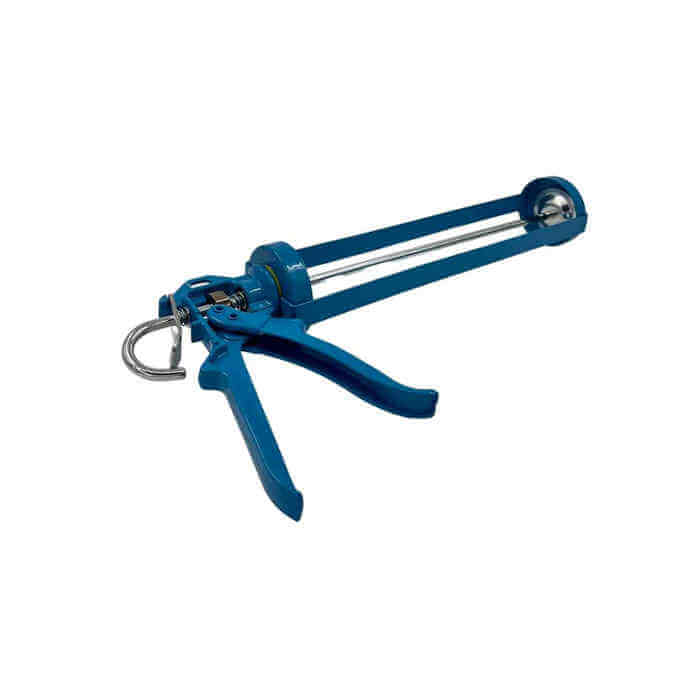Discover why professional plasterers swear by the right plastering trowel – it’s the difference between a flawless finish and a DIY disaster.
When it comes to achieving that perfect plastered finish, there’s one tool that makes all the difference – your plastering trowel. At Kent Plasterers, we’ve seen firsthand how the right trowel can transform a good job into an exceptional one. With over 70% of plastering imperfections traced back to improper tool selection, understanding your trowel options isn’t just helpful – it’s essential.
Understanding Plastering Trowel Basics
A plastering trowel is more than just a simple hand tool – it’s a precision instrument that requires careful consideration. Recent studies show that professional plasterers spend an average of £150-£200 on their primary trowel, understanding that quality tools deliver superior results. The basic anatomy of a plastering trowel consists of three main components: the blade, the mounting, and the handle. Each element plays a crucial role in how the tool performs and feels during use.
Essential Trowel Components
- Blade: The primary working surface, typically made from stainless steel or carbon spring steel
- Mounting: Usually aluminum alloy, connecting the blade to the handle
- Handle: Available in wood, soft-grip, or composite materials
- Heel: The back edge of the blade used for detailed work
- Tang: The metal portion extending into the handle for stability
Size and Weight Considerations
Size selection is crucial for different plastering applications. The most common sizes range from 11 to 16 inches, with 14-inch trowels being the most popular choice among UK professionals. Weight distribution is equally important – a well-balanced trowel typically weighs between 450-600 grams, allowing for precise control without causing excessive fatigue during long workdays.
Material Matters: Choosing Your Blade
The blade material significantly impacts both the quality of finish and the tool’s longevity. Recent market research indicates that 85% of professional plasterers prefer stainless steel or carbon spring steel blades for their durability and performance. The material choice affects everything from flexibility to rust resistance, making it a crucial consideration for any serious plasterer.
Stainless Steel vs Carbon Spring Steel
- Stainless Steel: Superior rust resistance, excellent for wet plaster work
- Carbon Spring Steel: Better flexibility, ideal for achieving smooth finishes
- Durability: Both materials last 5-7 years with proper maintenance
- Cost Comparison: Carbon steel typically 20-30% more expensive
- Performance: Carbon steel offers better ‘feel’ during application
Specialty Plastic Blades
Plastic trowels serve a specific purpose in modern plastering, particularly when working with certain decorative finishes. These specialist tools prevent burnishing and are essential for achieving particular textures. Recent innovations in plastic blade technology have improved durability by up to 40%, making them a more viable long-term option.
Ergonomics and Handling
The importance of ergonomics cannot be overstated. With plasterers spending an average of 6-8 hours daily using their trowels, comfort and handling are crucial. Studies show that ergonomically designed trowels can reduce wrist strain by up to 60% compared to traditional designs.
Handle Materials and Grip Types
- Wooden Handles: Traditional choice, naturally absorbs sweat
- Soft-Grip Handles: Reduces fatigue, better for longer sessions
- Ergonomic Designs: Shaped to fit hand contours
- Grip Patterns: Textured surfaces for better control
Weight Distribution and Balance
A well-balanced trowel is essential for achieving consistent results. The ideal balance point should be just forward of the handle, allowing for precise control while reducing arm fatigue. Modern trowels now feature lightweight mounting systems that can reduce overall weight by up to 25% without compromising strength.
Matching Trowels to Different Plastering Tasks
Different plastering jobs require different tools. Our experience at Kent Plasterers shows that having at least three different trowels is optimal for handling various tasks effectively. The right tool selection can reduce working time by up to 30% while improving finish quality.
Skimming and Finishing Coats
- Large trowels (14-16 inch) for main wall areas
- Medium trowels (11-13 inch) for detail work
- Flex rating appropriate for finish type
- Surface preparation requirements
Plasterboard Jointing and Taping
Modern drywall applications require specific tools. Statistics show that proper tool selection can reduce jointing time by up to 25%. For these applications, smaller trowels with medium flexibility offer the best control and finish quality.
Making Your Final Choice
Investing in quality plastering trowels is crucial for professional results. Our research shows that professional-grade trowels last up to 3 times longer than budget alternatives, making them more cost-effective in the long run.
Investment Considerations
- Initial cost vs. longevity
- Professional vs. DIY grade tools
- Warranty and support options
- Brand reputation and reliability
Care and Maintenance
Proper maintenance can extend trowel life by up to 50%. Regular cleaning, proper storage, and occasional reconditioning of the blade edge are essential practices. Consider these tools as investments in your craftsmanship – with proper care, a quality trowel will serve you well for many years to come.
FAQ
How to get a smooth finish plastering?
Prepare and prime walls for plastering Get a stiff brush and brush down the whole wall starting at the top. Use a paint scraper to get rid of any loose material and sandpaper to finish. Wash down with sugar soap to degrease and prime the wall with a mixture of one part PVA and four parts water. Apply with a roller.
Can you second coat plaster the next day?
Ready-Mixed Plaster Always consult the product instructions, but a safe bet is usually between 12 to 24 hours.
How many times do you trowel plaster?
The plasterers trowel should be wet with a brush for each passage of the trowel over the wall. The water used should be freshly drawn to prevent accelerating the hardening process of the plaster. You will pass over the wall three times following the pattern of three.
Sources
[1] https://marshalltown.com/pro-3937-plastering-trowels
[2] https://www.youtube.com/watch?v=0Xy5gd_G_Hw
[3] https://advancedsurfaces.com/product/plastering-trowel/

